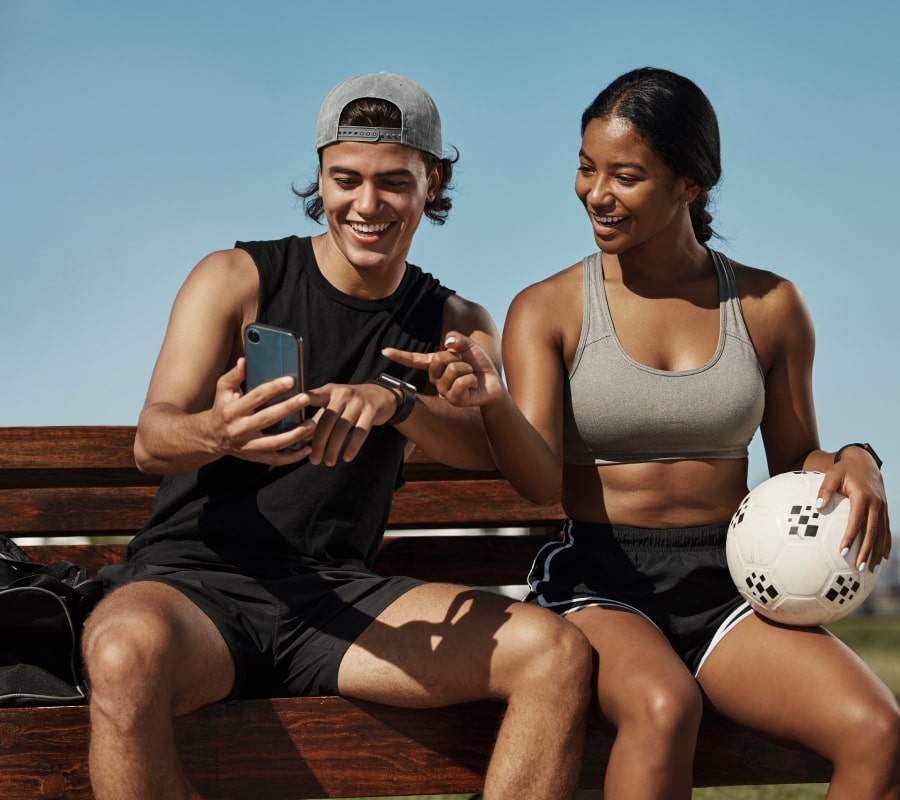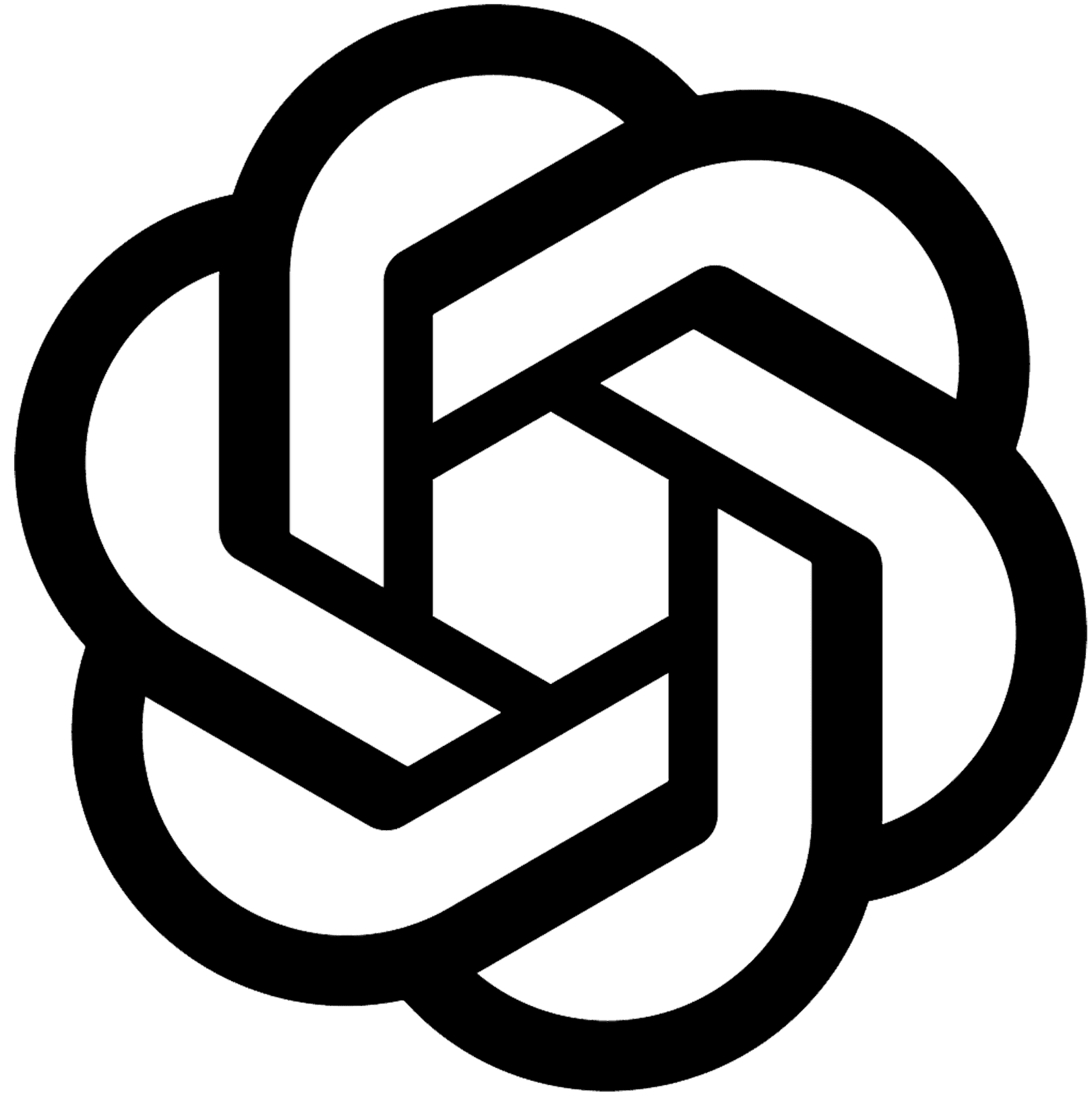Are You Earning Up to Your Potential?
Most personal trainers are undervaluing their time and skills. Our Personal trainer Revenue Calculator helps you find out what you should be making, and how to get there.
No guesswork. Just real numbers.
.jpg)
Nutrition and healthy eating habits is one of the key elements in maintaining a fit and healthy lifestyle.
As their personal trainer, nutrition coach, or fitness and wellness instructor, if you're trying to help your clients lose weight or maintain their fitness level, tracking their food becomes vital.
But it can be challenging to figure out where to start the food tracking process and how to measure everything. Not knowing what your clients eat and in what quantity can hinder your chance to help them meet their health goals.
This is why we asked personal trainers and nutrition experts for their best tips on tracking clients' food consumption. Check out their advice below.
1. Get Specific With What You Track
Many people keep a track of their food through portion size, kitchen scale, etc. But is that the best way?
When it comes to tracking food, specificity is critical.
That means recording what your clients ate, quantity of the specific foods, and at what time. This level of detail will give you a clear picture of your eating patterns and help you spot any potential problem areas.
"If a client isn't seeing results, I first have them start tracking their daily food intake," says certified personal trainer Jessica Smith. "That way, we can look at what they're eating and make necessary adjustments."
💪 Got an idea for a brand? Let's bring it to life.
Launch your own fitness app with FitBudd in minutes!

💪 Got your brand name? Let’s bring it to life.
Launch your own fitness app with FitBudd in minutes!


88% trainers worldwide gave us 5 stars
Transform your fitness business with the power of your branded app on iOS and Android.
Try for FREE2. Make Use Of Technology
The easy access to fitness apps and software has made tracking food or maintaining a food log a much easier process.
Many health or fitness apps even allow you and your clients to track progress over time, which can be motivating as one can clearly see the results of their efforts.
Personal trainer software like FitBudd comes with a meal planning and scheduling feature along with an in-built food database. This makes it very convenient for personal trainers like yourself to chart out your clients meal plans. It gets easier for the clients also to check what they are supposed to eat that day and log in their consumption in just a few clicks. Since you can track calories, fat, weight, etc, this detailed information allows you to understand your clients eating patterns, what they are able to follow and what they don't like, what foods are suited to their body and what aren't, and much more.
"I recommend that my clients use the log in their daily meals in my fitness app (built with FitBudd) to track their food intake," says certified personal trainer Mike Arsenault. "It's a great way to stay on top of things and make sure they meet desired results."
💡 DID YOU KNOW?
The FitBudd client app comes with a barcode scanning feature that enables clients to scan and find alternative foods with similar nutritional values.

3. Get Your Clients Involved
Clients find calorie counting or weight tracking a tedious and boring process. Because of daily fluctuations in the readings, they might lose motivation at various points as they don't see the striking results they may be expecting.
To keep your clients motivated and engaged, make sure to involve your clients in the food tracking process. It will help them take accountability of their eating habits and make them more likely to stick with the program.
"I have my clients track their food for a week," says certified personal trainer Holly Rilinger. "At the end of the week, we sit down together and go over their diet. I help them identify areas where they can improve, such as eating more vegetables, cutting back on processed foods, or suggesting them alternate snacks to munch on ."
4. Set Realistic Goals
When tracking food or calories, it's essential to set realistic goals.
If the goal is too restrictive, your clients are more likely to give up and abandon the whole process.
"I ask my clients to set a goal of tracking their food intake for two weeks," says certified personal trainer Tara Stiles. "This is a short enough time frame that they're likely to stick with it, but long enough that they can start to see some results."
So work actively with your clients to develop a meal plan that considers their individual needs and lifestyle.

5. Be Flexible
Flexibility is vital when it comes to food tracking.
There will be times when your clients won't be able to stick to their plan perfectly. That's okay! The important thing is that they don't give up altogether.
If they slip up, encourage them to get back on track and continue working towards their goals. This may require you to tweak certain foods, make changes in portion sizes, and reset the next milestone, among other changes.
6. Stay Honest With Your Clients
When it comes to tracking food, honesty is the best policy.
That means being truthful about what your clients eat and how much of it. If they're not honest, they won't be able to track their progress accurately, and they'll be less likely to meet their goals.
Encourage your clients to be truthful and honest with themselves when tracking food. It will help them stay on track and achieve their fitness and weight-loss goals.
"One of my clients religiously logs in exercise and meal data every day. The science says he should have lost weight, but we couldn't see any progress. On further investigation, I found out that he was not completely honest about his food intake in the daily log. Once we got him to be more truthful, he started seeing the desired results," says certified personal trainer Nate Green.
💡 DID YOU KNOW?
FitBudd's Trainer Portal comes with a smart meal planner, which makes creating and modifying meal plans as simple as just dragging and dropping items, literally. You can even duplicate or copy schedules and meals from previous plans. So you can change and adjust your clients' meal plans anytime without a hassle.

The Bottom Line
Tracking food intake is a helpful way to monitor one's eating habits and make necessary changes to achieve one's desired fitness goals.
By following the above tips, you and your clients can set yourselves up for success.
Remember to be specific, use technology, involve your clients, set realistic goals, and be flexible. And most importantly, encourage honesty!
TRY FITBUDD FOR FREE
Frequently Asked Questions

Meal Planner Template
Take control of your nutrition with our easy-to-use meal planner template, designed to simplify healthy eating.
Download Now
Templates
These functional templates have the power to make any fitness trainer's life easier.
Subscribe To
Our Blog
































